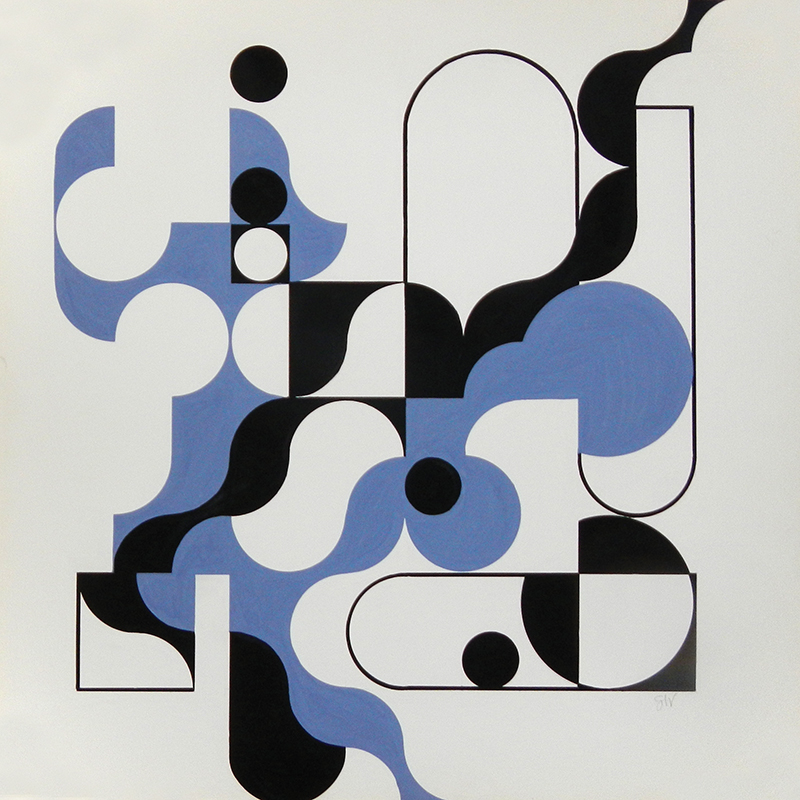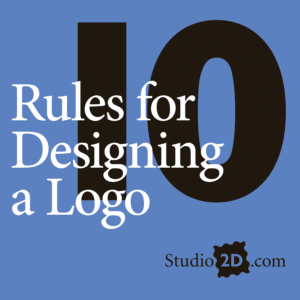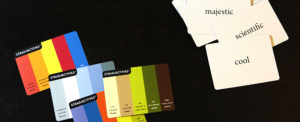Think of the grid as the design’s skeleton; you can’t see it, but it gives structure to what you do see. The majority of publication and web designers arrange type and images on a grid. The viewer doesn’t see the grid lines, but can see evidence of them in the rows and columns throughout.
A pleasing grid for book design was advocated in the 1920s by German designer and typographer Jan Tschichold (Yahn TSCHI kold) who was influenced by Modernist and Bauhaus principles. Grids took off in the ’40s and ’50s with the Swiss style of design (also called the International Style) led by designers in Zurich and Basel.
By the 1970s, grid layouts were ubiquitous. The 1980s saw a backlash of organic, freeform design. But the grid has never faded from use due to its undenible benefits. Most websites now use grids. Grids are:
Harmonious. Grids help align page elements according to aesthetic principles. A skilled designer creates a grid with the right balance of simplicity and flexibility for the project.
Consistent. A grid ensures consistency throughout the pages of a single marketing piece or a campaign. Pages have variety while still looking like part of a unified whole.
Structural. Each element is positioned on the grid relative to other elements. Repeating elements, such as running heads or navigation, are in the same place on every page to aid the reader. In web design, a grid layout allows responsiveness to the device you are using.
Design is the intersection of beauty and function. Because of these traits, grids continue to assist designers in creating readable, beautiful, inspiring layouts.







